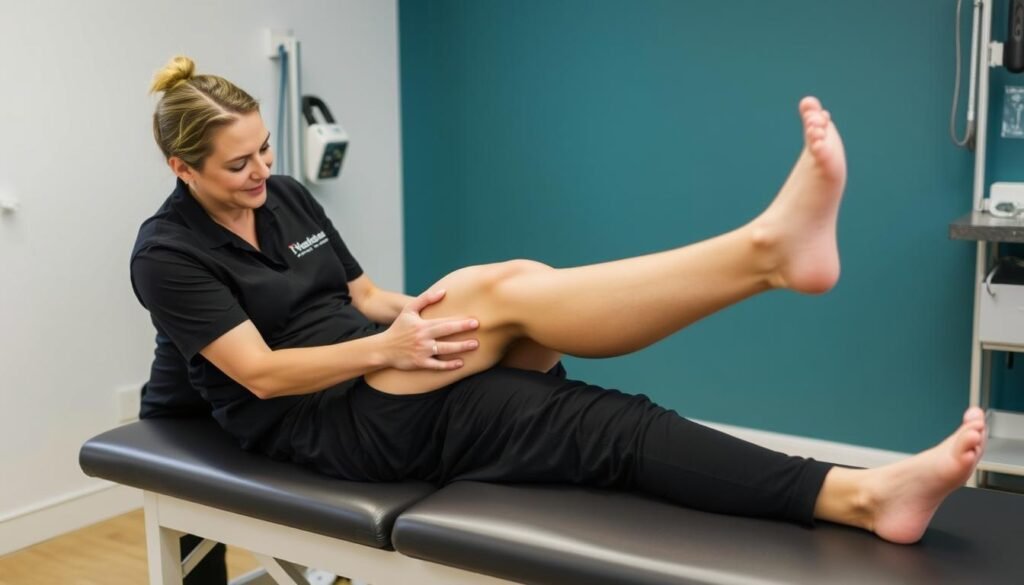
An MCL sprain from skiing is one of the most common knee injuries on the slopes. The medial collateral ligament (MCL) runs along the inner side of your knee, providing crucial stability during the dynamic movements required for skiing. When this ligament stretches beyond its normal range due to skiing motions, it can result in pain, swelling, and instability that sidelines skiers for weeks or even months. Understanding how these injuries occur and the proper recovery approach can help you get back on the slopes safely and prevent future injuries.
How MCL Sprains Happen While Skiing
The snowplow position places valgus stress on the knee, increasing MCL injury risk
The medial collateral ligament is particularly vulnerable during skiing due to the unique biomechanics and forces involved. Understanding these mechanisms can help you recognize risky situations and adjust your technique to protect your knees.
Common Skiing Movements That Cause MCL Sprains
The Biomechanics of an MCL Injury
From a biomechanical perspective, MCL injuries occur when a valgus stress is applied to the knee. This means force is applied to the outside of the knee while the foot is planted, causing the knee to bend inward. During skiing, this commonly happens when:
- Your downhill ski catches an edge, forcing your knee into a valgus position
- You land awkwardly after a jump with your weight distributed unevenly
- Your skis spread apart too widely, stretching the inner knee ligaments
The severity of an MCL sprain is classified into three grades:
| Grade | Description | Symptoms | Recovery Time |
| Grade 1 | Mild tear (less than 10% of fibers) | Tenderness, mild pain, minimal swelling | 1-3 weeks |
| Grade 2 | Partial tear of superficial MCL | Moderate pain, swelling, instability | 4-6 weeks |
| Grade 3 | Complete tear of both superficial and deep MCL | Severe pain, significant swelling, knee instability | 6+ weeks |
Not Sure About Your Knee Injury?
If you’ve experienced a knee injury while skiing and are unsure about its severity, professional evaluation is crucial for proper treatment and recovery.
MCL Sprain Recovery Process
Recovering from an MCL sprain from skiing follows a structured approach that progresses through several phases. The good news is that most MCL injuries heal well without surgery due to the ligament’s good blood supply. Following a proper recovery protocol is essential for returning to skiing safely.
Acute Phase: Initial Treatment (Days 1-7)
The first week after an MCL sprain is critical for controlling inflammation and preventing further damage. The RICE protocol forms the foundation of initial treatment:
During this phase, your doctor may recommend:
- Over-the-counter pain medications like acetaminophen or NSAIDs to manage pain and inflammation
- A hinged knee brace to protect the MCL while allowing controlled movement
- Limited weight-bearing with crutches for more severe sprains
When to Seek Immediate Medical Attention: If you experience severe pain, significant swelling, inability to bear weight, or hear a popping sound at the time of injury, see a doctor immediately. These could indicate a more serious injury requiring specialized treatment.
Rehabilitation Phase: Building Strength and Mobility (Weeks 2-6)
Once the acute inflammation has subsided, rehabilitation focuses on restoring range of motion, strength, and stability to your knee. A physical therapist will typically guide you through exercises that progressively challenge your knee while protecting the healing MCL.
Early Rehabilitation Exercises (Weeks 2-3)
- Straight Leg Raises: Lie on your back, keep one leg straight and lift it 12 inches off the ground.
- Heel Slides: Sitting with legs extended, slowly slide your heel toward your buttocks.
- Quad Sets: Tighten the quadriceps muscle while keeping your leg straight.
- Ankle Pumps: Move your foot up and down to improve circulation.
Progressive Rehabilitation (Weeks 4-6)
- Mini Squats: Partial squats that gradually increase in depth as healing progresses.
- Step-Ups: Step up onto a low platform, gradually increasing height.
- Stationary Biking: Low-resistance cycling to improve range of motion.
- Balance Exercises: Standing on one leg or using a balance board.
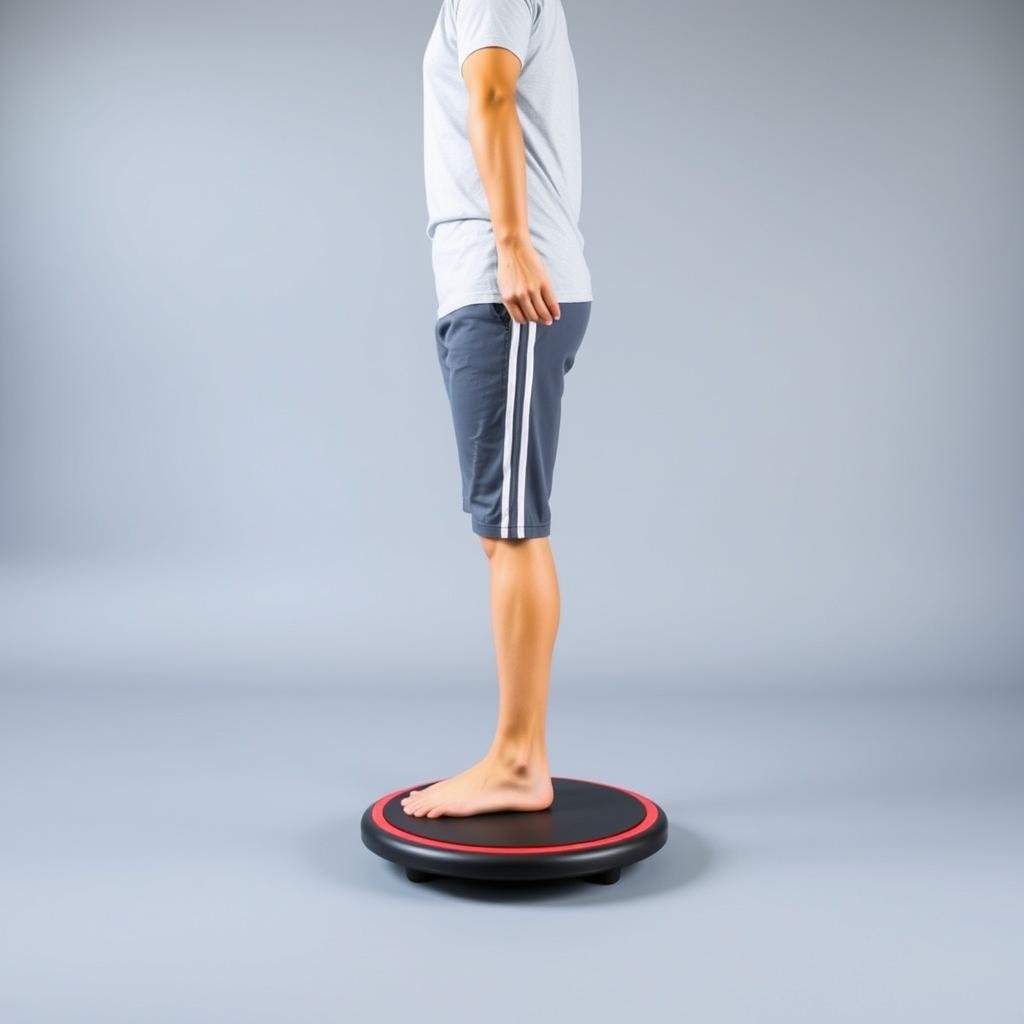
Advanced Treatment Options
For more severe MCL sprains or cases that aren’t responding to standard treatment, your doctor might recommend:
Return to Skiing Phase (Weeks 6+)
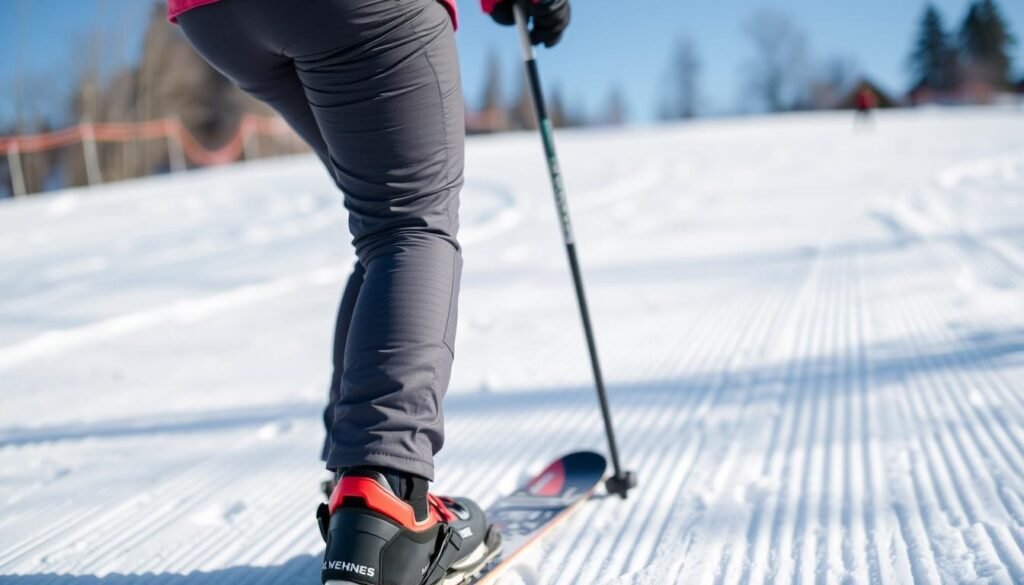
The timeline for returning to skiing varies based on injury severity and individual healing rates. Generally, you can consider returning to skiing when you have:
- Full or near-full range of motion in your knee
- Adequate strength (at least 80-90% compared to your uninjured leg)
- Minimal or no pain with activity
- Good balance and stability during dynamic movements
- Clearance from your healthcare provider
When you do return to skiing, consider these precautions:
Need Help With Your Recovery?
Our sports medicine specialists can create a personalized rehabilitation plan to get you back on the slopes safely after an MCL sprain.
Preventing MCL Sprains While Skiing
While no prevention strategy is foolproof, you can significantly reduce your risk of MCL sprains with proper preparation and technique.
Pre-Season Strengthening Exercises

Start strengthening exercises 4-6 weeks before ski season to prepare your knees for the demands of skiing. Focus on these key muscle groups:
Quadriceps
- Squats
- Lunges
- Leg extensions
Hamstrings
- Hamstring curls
- Deadlifts
- Bridge exercises
Core & Hips
- Planks
- Side steps with resistance band
- Clam shells
Equipment Considerations
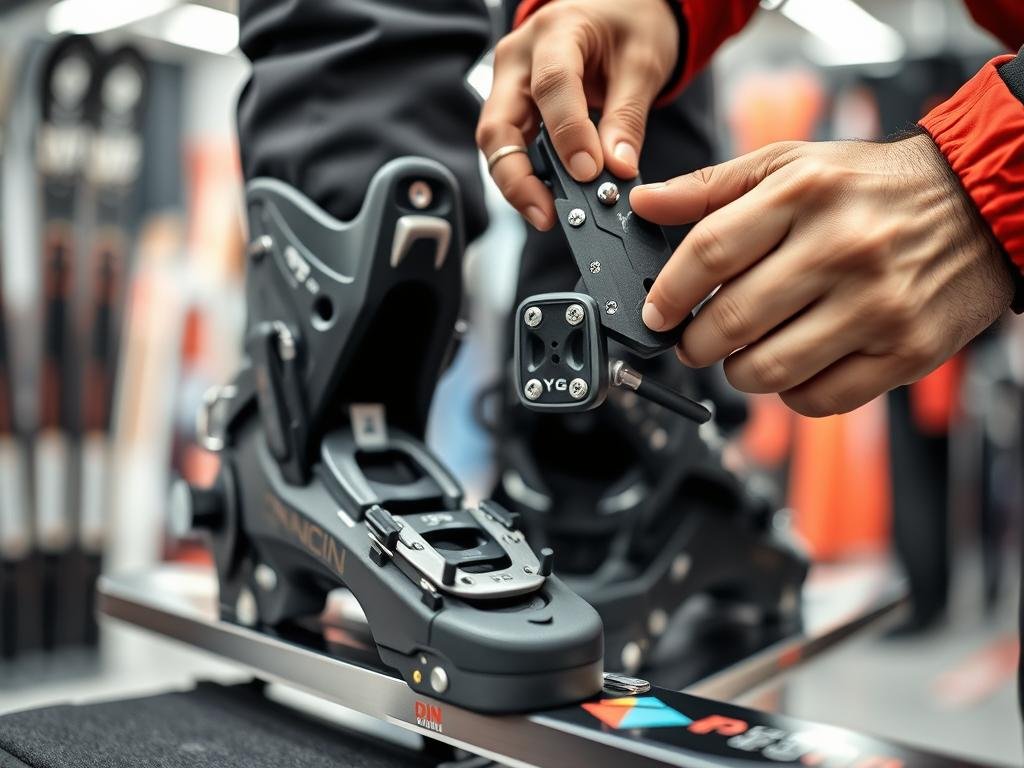
Your equipment plays a crucial role in preventing knee injuries while skiing:
Technique Adjustments to Protect Your MCL
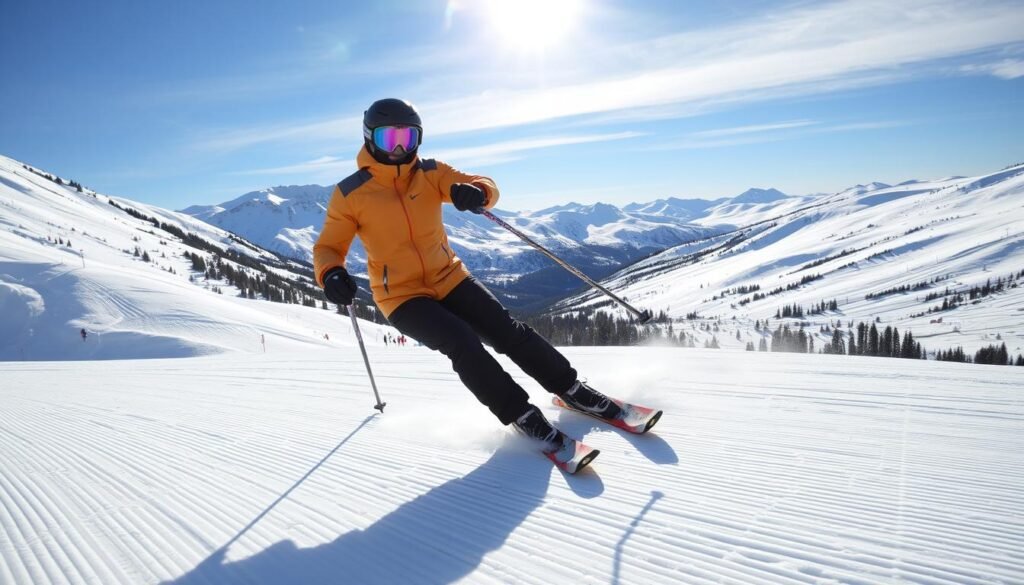
How you ski significantly affects your risk of MCL injuries:
- Maintain proper alignment: Keep your knees in line with your toes, avoiding the “A-frame” position where knees collapse inward.
- Limit snowplow use: While the snowplow is necessary for beginners, progress to parallel skiing when possible to reduce stress on the MCL.
- Stay centered: Maintain your weight centered over your skis rather than leaning back, which can increase forces on the knee during falls.
- Know when to rest: Many injuries occur when skiers are fatigued. Take breaks and don’t push beyond your physical limits.
Warning: Skiing beyond your ability level significantly increases injury risk. Progress gradually to more difficult terrain as your skills and confidence improve.
Conclusion: Getting Back on the Slopes Safely
An MCL sprain from skiing can be a frustrating setback, but with proper diagnosis, treatment, and rehabilitation, most skiers can make a full recovery and return to the sport they love. The key factors for successful recovery include:
Remember that each MCL injury is unique, and recovery timelines can vary based on injury severity, individual healing rates, and adherence to treatment protocols. Working with healthcare professionals who understand the specific demands of skiing can help ensure you return to the slopes safely and minimize the risk of future injuries.
Ready to Address Your Skiing Knee Injury?
Our sports medicine team specializes in treating and preventing ski-related knee injuries. Contact us today to schedule an evaluation and get personalized treatment recommendations.
